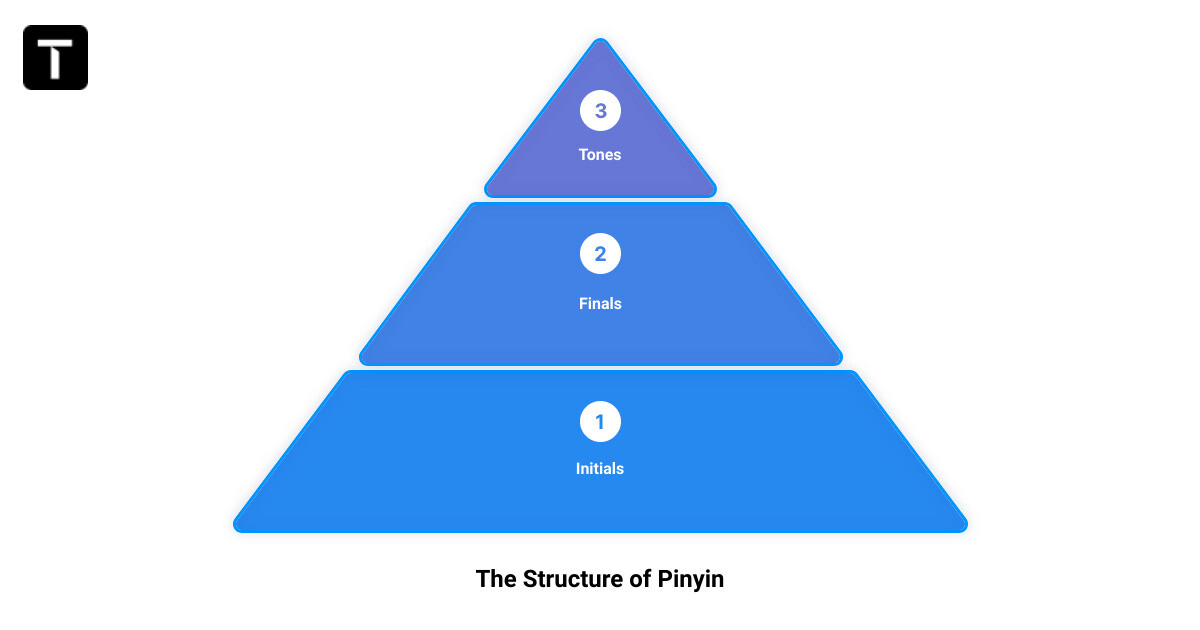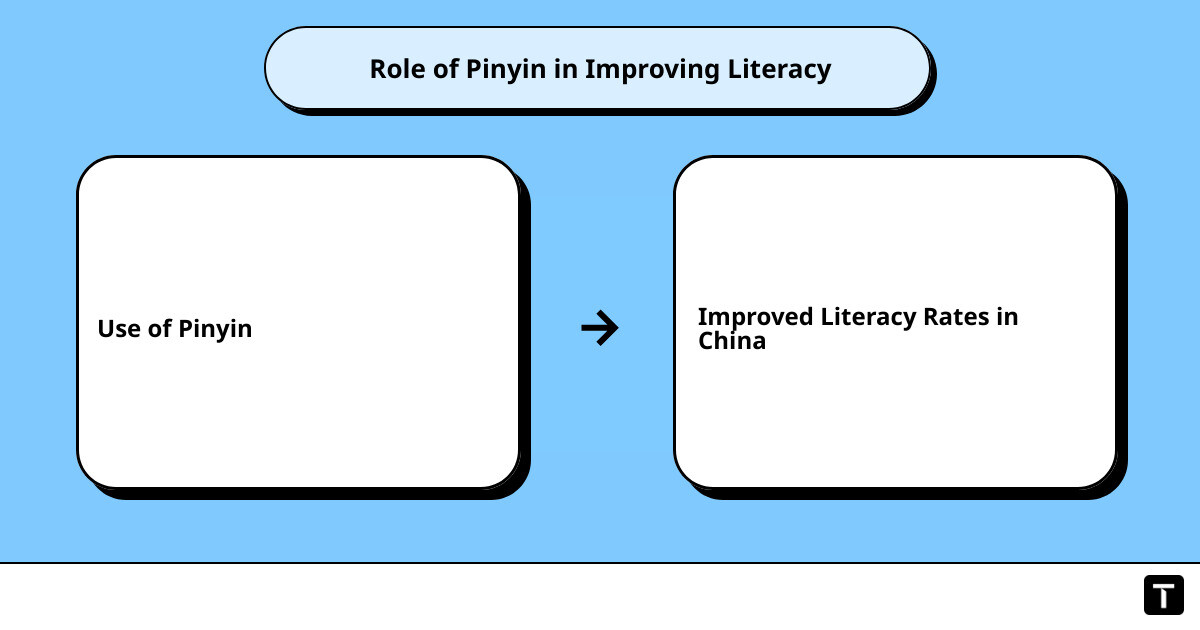Dive into the captivating world of Mandarin Chinese, a language rich in history, culture, and nuance. Our focus in this article is to unravel the fascinatingly complex Chinese phonetic alphabet that holds the key to unlocking the mysteries of Chinese pronunciation.
Mandarin Chinese, spoken by over one billion people worldwide, is a language that defies the conventional alphabetic system used by many languages. Instead, it employs an intriguing phonetic system known as Pinyin. As a learner, understanding Pinyin is a crucial step in your Mandarin learning journey. It serves as a bridge, guiding you to pronounce Mandarin Chinese characters accurately and confidently.
Pinyin, a Chinese alphabet system, transcribes characters into Chinese alphabets that can be easily pronounced. This tool is essential for Chinese learners, as Mandarin Chinese is not phonetic, meaning you cannot look at the characters and know how to pronounce them. The Pinyin system helps eliminate this hurdle, providing learners with a comprehensible and practical way to articulate Mandarin Chinese characters.
In the digital age, Pinyin also plays an instrumental role in entering Mandarin Chinese characters into electronics or computers. This system was developed in the mid-20th century to help non-native speakers understand Mandarin Chinese and to boost literacy rates within China itself.
In the following sections, we will delve deeper into the intricacies of Pinyin, its structure, and its significance in learning Mandarin Chinese. We'll also explore how modern tools like the Traverse App can aid you in mastering Pinyin and Mandarin Chinese. So, get ready to embark on an enlightening journey through the Chinese phonetic alphabet and unlock the mysteries of Chinese pronunciation.
Understanding Pinyin: The Chinese Phonetic Alphabet
Unraveling the intricacies of the Chinese language starts with mastering the Chinese phonetic alphabet, Pinyin. Pinyin is the bridge between English and Mandarin, serving as an essential guide to pronunciation, especially for non-native speakers.
The Origin and Purpose of Pinyin
The invention of Pinyin was a revolutionary moment in the history of the Chinese language. This system was developed in the 1950s during the rule of the Qing dynasty, with linguists like Zhou Youguang leading the project. The purpose of Pinyin was to boost literacy rates in China and to introduce a spelling system that would make Mandarin Chinese more comprehensible to people worldwide. The Chinese government recognized it as a language form, and it quickly became the standardized method for teaching Chinese around the globe.

The Structure of Pinyin: Initials, Finals, and Tones
Pinyin's structure is quite different from that of American and European languages, where vowels and consonants form the basis of the language. Pinyin revolves around initials, finals, and tones. Each Mandarin Chinese character has its syllable, written with an initial followed by a final. For example, the "ba" sound consists of the initial "b-" and the final "-a". Pinyin has 21 initials, mostly consonants like p, m, and b. The finals include vowels like a, e, i, o, u and are sometimes followed by "ing" or "an".
In addition, the Mandarin Chinese system comprises four basic tones and one light tone. The tones are a unique aspect of Mandarin, with each tone altering the meaning of a word.
The Role of Pinyin in Standardizing Chinese Pronunciation
Pinyin has played a critical role in standardizing Chinese pronunciation. Unlike English, where the same spelling can have different pronunciations, Pinyin serves as a perfect guide to pronunciation in Chinese. It provides an accurate representation of the sounds of Mandarin Chinese characters, making the language easier to learn and teach.
Moreover, Pinyin has been instrumental in documenting and preserving the sounds of unwritten languages, thereby contributing significantly to language preservation and linguistic diversity.
Understanding Pinyin is the first step towards perfecting your Mandarin pronunciation. Mastering this system will set you well on your way to becoming a proficient Mandarin speaker. In the next section, we will delve into the importance of Pinyin in learning Mandarin Chinese.
The Importance of Pinyin in Learning Mandarin Chinese
Pronouncing Mandarin Chinese characters can be a daunting task for learners, but that's where Pinyin, the Chinese phonetic alphabet, steps in. This essential language tool not only simplifies the pronunciation process but also plays a vital role in improving literacy rates in China. Let's explore how Pinyin is revolutionizing Mandarin learning, one syllable at a time.
How Pinyin Helps in Pronouncing Mandarin Chinese Characters
Unlocking the mysteries of Mandarin pronunciation becomes a whole lot easier with Pinyin. Unlike English, where the same spelling can have different pronunciations, Pinyin serves as a perfect guide to pronunciation in Chinese. This phonetic system transcribes the Mandarin Chinese characters into the Roman alphabet, offering a clear pronunciation guide.
For instance, let's consider the Mandarin Chinese character for "eight," which is "八." The Pinyin for this character is "bā." Here, "b-" is the initial, and "-a" is the final. The overlying line indicates the tone. This systematic breakdown allows learners to pronounce the character accurately.

The Role of Pinyin in Improving Literacy Rates in China
Pinyin was introduced in the 1950s as part of a project led by Zhou Youguang and other linguists. Its primary aim was to improve literacy rates in China, and it has done just that. The introduction of this phonetic system has significantly helped standardize the way Chinese characters are pronounced, thus enhancing the learning process.
The adoption of Pinyin was a game-changer for China. It not only bridged the gap between the various dialects spoken across different regions but also made the language more accessible to foreigners and learners worldwide.
Why Learning Pinyin is Essential for Understanding Mandarin Chinese
Learning Pinyin is the first step towards understanding Mandarin Chinese. It's the bridge that connects learners to the fascinating world of Chinese characters. Although these characters may seem intimidating initially, knowing Pinyin can make the learning journey smoother and more enjoyable.
Moreover, Pinyin is not just about pronunciation. It also aids in typing Chinese characters on electronic devices and is a key component in various learning resources. Therefore, grasping Pinyin is the scaffolding that supports your journey towards Mandarin proficiency.
In a nutshell, Pinyin is a transformative tool that simplifies Mandarin learning. It's your roadmap to the dynamic world of Chinese characters, leading you towards a deeper understanding of this beautiful language. So, immerse yourself in Pinyin and watch as the mysteries of Mandarin pronunciation unfold before you.
Practical Applications of Pinyin
Pinyin is not just a teaching tool or a stepping stone to understanding Mandarin Chinese, it has a wide range of practical applications that have a significant impact on both the learners and native speakers of Chinese. These applications span from digital communication to creating learning resources and even documenting unwritten languages.
Pinyin in Telecommunication and Digital Input
In the era of digitization, the role of Pinyin has become more crucial than ever. It is the dominant method for entering Chinese text into computers in Mainland China, surpassing other methods like Bopomofo, which is commonly used in Taiwan. But how does it work?
Using Pinyin-based Input Method Editors (IMEs), you simply type out the sound of a Chinese character according to its Pinyin transcription. For example, to type the Chinese character for "Beijing," you would type "beijing" and then select the appropriate character from a list that appears. This method is particularly efficient and user-friendly, making it a popular choice among both native speakers and Mandarin learners.
Notably, this input method is supported by most operating systems, including Windows, Mac, and Linux, ensuring that no matter what platform you use, you can leverage the power of Pinyin in your digital communication.
Pinyin in Teaching and Learning Resources
Pinyin is a powerful teaching tool, acting as a bridge between the Latin alphabet that English speakers are familiar with and the Chinese characters used in Mandarin. It helps learners understand the pronunciation of Chinese characters and serves as a stepping stone towards recognizing and writing these characters.
Moreover, Pinyin is actively used in adult education, making it easier for formerly illiterate people to continue with self-study after a short period of Pinyin literacy instruction. Books containing both Chinese characters and Pinyin are often used by foreign learners of Chinese, resembling the role of furigana-based books in Japanese or fully vocalised texts in Arabic.

Pinyin in Documenting Unwritten Languages
Beyond its role in teaching and digital communication, Pinyin has found a unique application in documenting unwritten languages. It provides a standardized method to transcribe the sounds of languages that do not have their own writing systems, preserving these languages and making them accessible to a wider audience.
In conclusion, Pinyin is not just a phonetic representation of Mandarin Chinese, but a versatile tool with broad applications that range from digital communication to language preservation. By exploring these practical applications, you can gain a deeper appreciation of Pinyin and its role in the world of Mandarin Chinese.
Using Traverse App to Learn Pinyin and Mandarin Chinese
As you dive deeper into the world of Pinyin and Mandarin Chinese, it's important to have the right tools and resources to guide you. One such tool redefining the way Mandarin is learned is the Traverse app. This section will show you how Traverse can help you unlock the mysteries of Chinese pronunciation and master Pinyin.
The Features of Traverse App for Mandarin Learning
Immerse yourself in the intricate world of Mandarin Chinese with Traverse, an app that breaks down the barriers to efficient and enjoyable language learning. Traverse is not your average language learning app. It combines cognitive science-backed methods and cutting-edge technology to create an engaging and effective learning environment.
The mind mapping feature allows you to visualize and organize information, facilitating better understanding and retention. Spaced repetition flashcards help you focus on challenging words, characters, or concepts, reviewing them at optimal intervals to reinforce memory. With connected note-taking, you can easily link related information, creating a seamless learning experience that aligns with your unique learning needs.
How Traverse Partners with Mandarin Blueprint for Effective Learning
To take Mandarin learning to a new level, Traverse has formed a strategic partnership with Mandarin Blueprint, a renowned online Chinese course known for its comprehensive and engaging content. This collaboration allows users to learn Mandarin Chinese in a structured, effective way.
The Mandarin Blueprint method emphasizes understanding the logic behind the language structure, making it easier for learners to grasp and remember new concepts. This partnership ensures you get the best of both worlds – a solid foundation in Mandarin Chinese from Mandarin Blueprint, and the innovative learning strategies of Traverse to enhance your retention and application of the language.
Importing Anki Decks into Traverse for Continued Learning
To ensure you continue to harness the power of the tools you're already familiar with, Traverse offers the option to import Anki decks. Anki is a popular flashcard app widely used by language learners to memorize vocabulary and characters.
By importing your Anki decks into Traverse, you can leverage Traverse's cognitive science-based learning methods while continuing to use your customized flashcards. This integration makes the learning process more personalized, efficient, and seamless, ensuring you get the most out of your language learning journey.
With its unique features, strategic partnerships, and integration with popular learning tools like Anki, Traverse is truly the best Chinese app for learning Mandarin and mastering Pinyin. Now it's time to unlock the mysteries of Chinese pronunciation and embark on a captivating linguistic adventure with Traverse.
Conclusion: Unlocking the Mysteries of Chinese Pronunciation with Pinyin
As we've unraveled in this exploration, Pinyin is more than just a phonetic alphabet; it's a bridge that connects you to the intricate world of Mandarin Chinese. It's a tool that demystifies the complexities of Chinese pronunciation, making Mandarin an accessible language for learners worldwide.
The compelling history of Pinyin's development showcases its pivotal role in standardizing Chinese pronunciation and boosting literacy rates in China. The phonetic system's practical applications, from being used in telecommunications to its crucial role in teaching resources, further underline its importance.
Learning Pinyin is a fundamental step in becoming proficient in Mandarin Chinese – it's the key that opens the door to understanding and speaking this fascinating language. And as we discussed, it's a journey that can be made more engaging, efficient, and effective using tools like the Traverse app.
Traverse, partnering with Mandarin Blueprint, provides a scientifically backed, user-friendly platform to learn Mandarin, and master Pinyin. The app's features, coupled with its ability to integrate with popular learning tools like Anki, make it a top choice for Mandarin learners.
So, as we conclude our exploration of the Chinese phonetic alphabet, let's appreciate the power of Pinyin. It's not just a collection of symbols and sounds, but a well-crafted key that unlocks the mysteries of Chinese pronunciation. With Pinyin and the right tools like Traverse, you're well-equipped to delve into the world of Mandarin Chinese, enhancing your language skills and expanding your cultural understanding.
Remember, the journey to learning a new language is not a sprint but a marathon. Be patient with yourself, and remember that every step, no matter how small, brings you closer to your goal. Happy learning!

